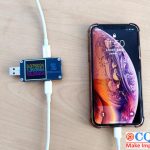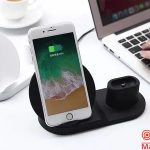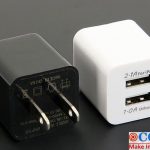Different Fast Charging Protocol
The level of smartphone battery life has made great progress in recent years, but long hours of heavy entertainment applications for smartphones will still significantly reduce their use time.So in this case, the phone’s fast-charging function is very necessary.
In recent years, major cell phone manufacturers have launched their own fast charging technology, but many of these fast charging technologies are used by the manufacturers of private fast charging protocols, which has resulted in many charging heads and data lines with the phone’s fast charging function is not compatible.
In particular, general cell phones come with only one set of original fast chargers, and many users are used to mixing chargers, which results in the phone obviously supports fast charging, but the wrong charger is used resulting in slow charging.
Here I will introduce you to the current mainstream fast charging protocols, and how to match to achieve the best fast charging effect.
PD Fast Charging Protocol
The USB Power Delivery protocol is often referred to as the PD protocol. Simply put, USB PD is a USB power supply extension standard that uses USB cables to supply up to 100W of power.Because of its wide versatility and support for up to 100W power supply, USB PD has been widely adopted by mobile devices, but also used on devices such as laptops and even monitors.
In general, the PD protocol charging cable uses Type-C interface at both ends, but there are also cell phone manufacturers who use Type-A interface on the power supply side through magic.PD protocol is currently the most likely to achieve widespread fast charging protocol, most of the current common new smart phones support PD protocol fast charging.

In particular, Apple directly adopted the PD 18W fast charging standard as the iPhone fast charging protocol, and most of the chargers supporting the PD protocol are also compatible with Qualcomm QC fast charging protocol at the same time.USB PD interface schematic Currently, the main handheld mobile devices that use the PD fast charging protocol are Apple’s iPhone and iPad.
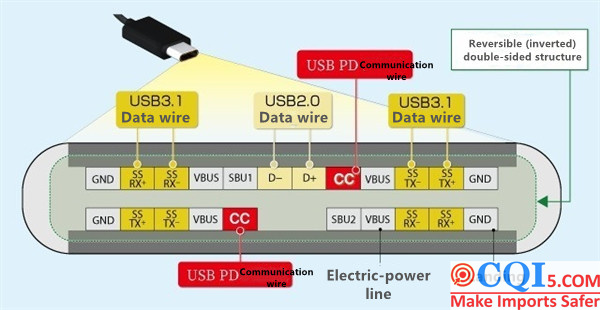
Therefore, if you want to fast charge your iPhone for iPhone 8 or above, you need a PD charger that supports 18W or more specifications and a Type-C to Lightning cable with C94 terminal head (older Lightning cables do not support PD fast charging protocol).
Qualcomm QC fast charging protocol is a well-known chip company Qualcomm for the Snapdragon processor with the development of fast charging technology, the full name is Quick Charge.
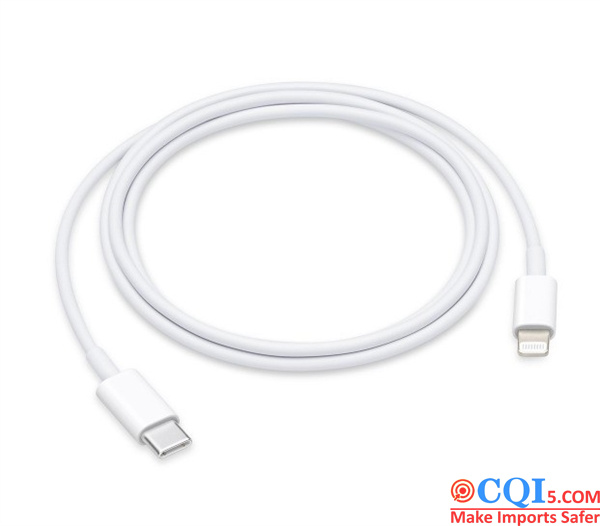
Qualcomm QC fast charging is currently released as well as four generations of standards, respectively, QC1.0, QC2.0, QC3.0, QC4.0.

Quick Charge 4.0 ,the latest version of QC4.0 supports 3.6-20V fluctuation voltage, theoretically up to 100W (20V/5A) charging power can be achieved.
Compared to QC 3.0, its charging speed is 20% faster and efficiency is 30% higher, and it is also compatible with PD fast charging protocol.QC4.0 can automatically convert to trickle charging when the power reaches 90%, effectively protecting the phone’s battery.
Most of the phones with Qualcomm’s new Snapdragon processors currently support Qualcomm QC fast charging protocol, and charging heads compatible with Qualcomm QC fast charging protocol are also common.
If you are using a phone with a Qualcomm Snapdragon processor, then simply use a USB fast charging cable and QC charger for fast charging.
However, in terms of compatibility, it should be noted that QC3.0 is backward compatible with QC2.0 and 1.0, QC4.0 supports USB PD but is not compatible with QC2.0/3.0, and QC4.0+ supports QC2.0, QC3.0 and USB PD.
If you do not know which QC standard the charging head supports, you can check the bottom of the charging head, part of the charging head will be printed on the bottom of the supported QC standard information.
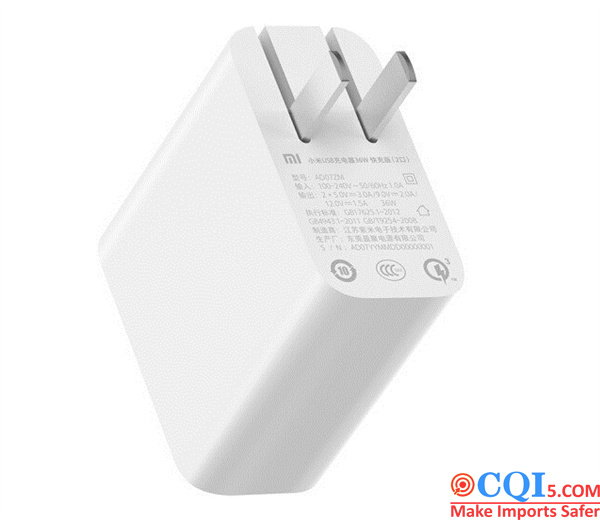
OPPO VOOC can be said to be one of the most well-known private fast charging protocols, from “charging 5 minutes, talking 2 hours” to “charging 5 minutes, gaming 2 hours”, VOOC flash charging protocol has been developed at a high speed in recent years.
OPPO’s self-developed VOOC charging protocol has now applied for over 1,000 core patents worldwide. Its unique intelligent all-terminal five-level protection technology can provide users with safe, fast and reliable cell phone charging guarantee.
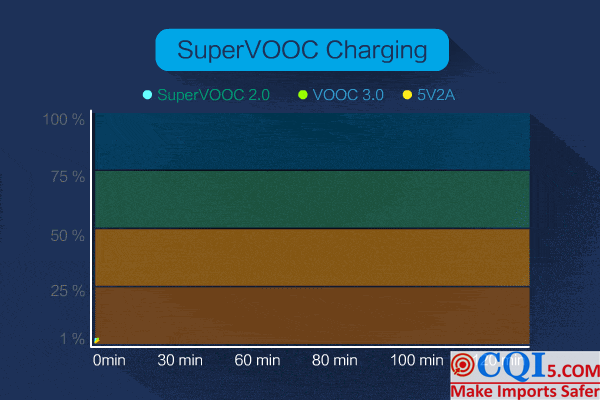
There are currently two versions of the latest VOOC flash charging protocol, VOOC 4.0 and SuperVOOC 2.0.
For example, the OPPO Reno3 Pro with VOOC 4.0 supports a fast charging speed of 30W, while the OPPO Ace2 with SuperVOOC 2.0 supports a charging speed of 65W.
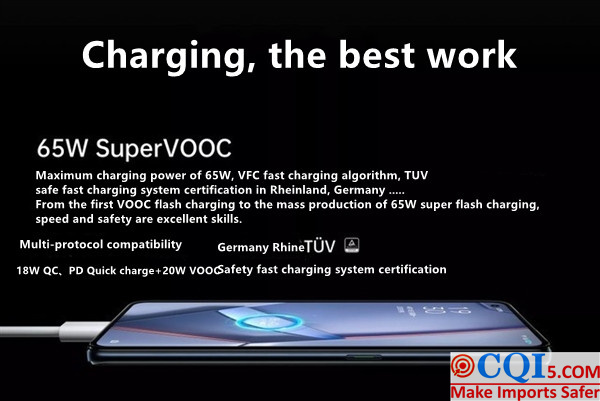
OPPO Ace2 is equipped with 65W SuperVOOC Currently, OPPO phones supporting VOOC flash charging protocol must use a special VOOC flash charger and flash charging data cable to achieve the corresponding flash charging effect, 65W SuperVOOC 2.0 USB charger is backward compatible with other VOOC flash charging protocol.
OPPO has announced the development of VOOC flash charging patent license, we are expected to see the third-party accessories equipped with VOOC flash charging products on the market in the near future.
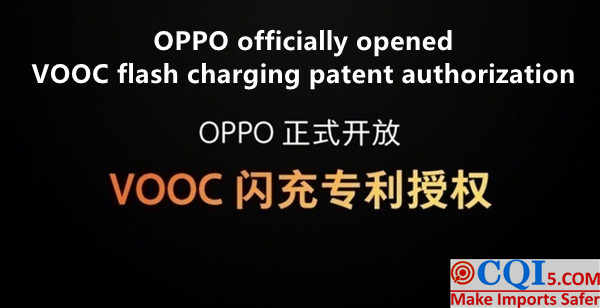
VOOC FlashCharging patent license open vivo Super FlashChargevivo’s private fast charging technology also attracts the same attention, currently vivo commercial most powerful fast charging protocol is Super FlashCharge 2.0 super fast flash charging technology.
The fast charging protocol currently supports up to 55W of charging power and features dual charge pump technology with a 97% conversion rate. A battery with a capacity of 4440mAh can be fully charged to 50% in 15 minutes.
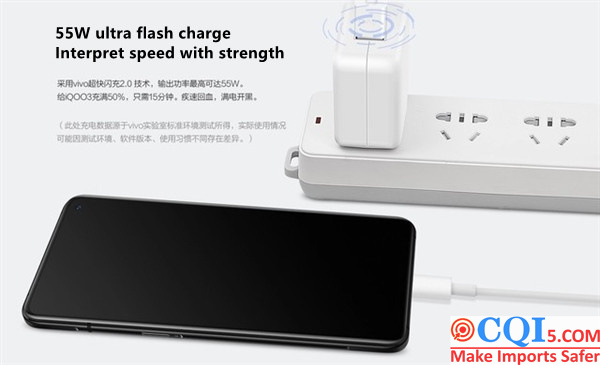
At the same time, vivo commonly has flash charging protocols such as 44W Super FlashCharge and 33W vivo FlashCharge 2.0.
In practice, models equipped with Super FlashCharge protocol must use the corresponding original charger and data cable to achieve the corresponding flash charging effect.
The highest specification Vivo 55W SuperCharge is currently on sale and supports backward compatibility with 44W, 33W, 22.5W, 18W and other Vivo flash charging protocols.
Fast Charging Protocol-Huawei Super Charge
Huawei’s private fast charging protocol is Huawei SuperCharge, which is widely used on mainstream Huawei and Honor models and currently supports up to 40W wired charging power with a 10V 4A charging specification.

In addition to the mainstream Huawei 40W SuperCharge technology, two other fast charging protocols can be found on the market, Huawei 22.5W SCP SuperCharge and Huawei 18W FCP FastCharge.
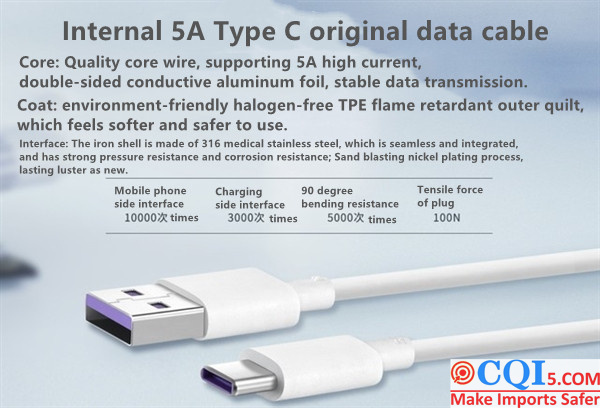
Currently, to use Huawei 40W SuperCharge, you also need to use the original Huawei 40W SuperCharge charger and 5A data cable, but compared to other private fast charging protocols, Huawei 22.5W SCP SuperCharge and Huawei 18W FCP FastCharge are available as third-party accessories, and many third-party chargers are compatible with both charging protocols.
Xiaomi ChargeTurbo
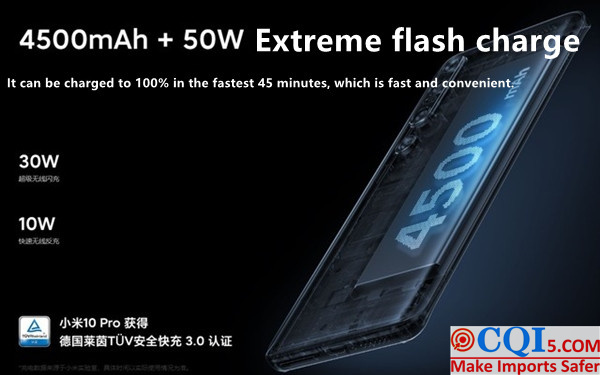
Xiaomi ChargeTurbo is currently available in 50W (10V5A), 40W (10V4A), 30W (10V3A) and other fast charging specifications, and the latest Xiaomi 10 Pro uses a single battery design with 50W fast charging specifications.
Similarly at present Xiaomi fast charging must use the original charger and data cable to achieve the best fast charging effect, it is worth noting here that because Xiaomi’s fast charging data cable uses a magic modification scheme, so only the original Xiaomi data cable supports Xiaomi’s high power fast charging.
However, Xiaomi’s models with Qualcomm Snapdragon processors all have good support for Qualcomm QC fast charging protocols, such as the Xiaomi 10 Pro, which supports QC4+ and PD3.0, and the newly released Xiaomi 10 Youth Edition, which supports the new Quick Charge 3+.
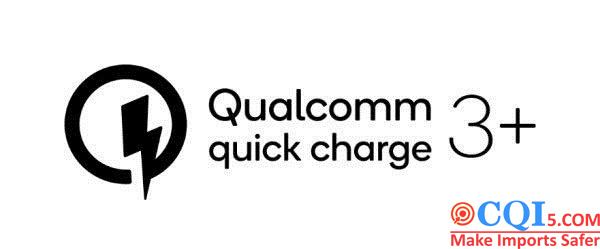
After reading the above introduction of several common fast charging protocols, I believe you understand the various characteristics of different fast charging technologies.
Overall, the current cell phone fast charging technology is in a state of rapid development, in addition to the commercialization of 65W fast charging technology, there are 100W and even 120W fast charging technology that have been publicly demonstrated.
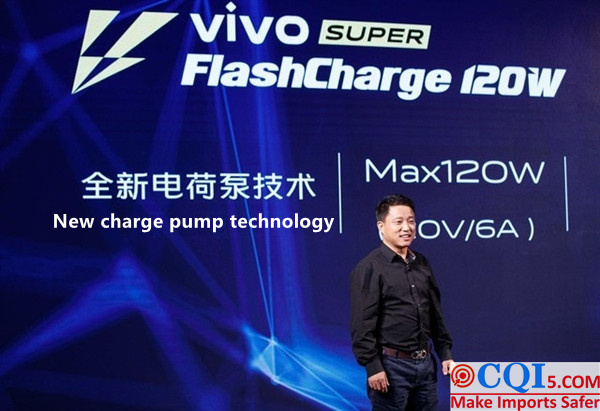
For cell phone manufacturers, the development of fast charging technology can help improve the battery technology breakthrough in the status quo to improve the battery life of cell phones.For us consumers, the fast technology that can fill up the phone within a short period of time can undoubtedly effectively relieve our battery life anxiety.
Especially in long time high load game scenarios, users only need to put down the phone that is about to run out of power to charge for ten minutes, then they can pick up the phone again and unplug the charging cable to play.
Thus, there is no need to wait for the phone to be full or to plug in the charging cable to play the game as before,which is the user experience brought about by the fast charging of cell phones.
Finally, I would like to remind you that if you want to experience the rapid charging speed of your phone, please be sure to choose the right charger and data cable.
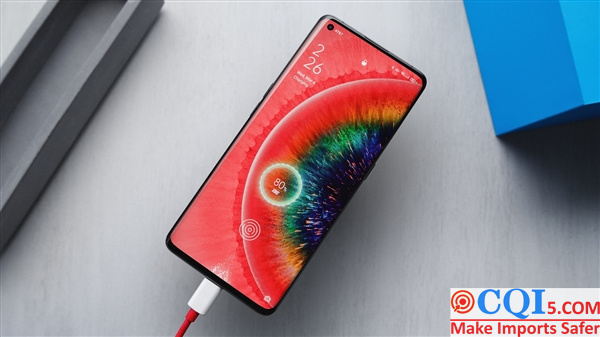
CQI5 is committed to providing importers worldwide with product quality inspection services that far exceed those of our peers. If you are planning to import or have imported from China or Southeast Asian countries, please contact us cs’@’cqipro.com to learn more about how we can make your imports safer.
Disclaimer:
CQI5 article information from the Internet and contributions, the copyright of which belongs to the original author, and only represents the views of the original author. This website is only responsible for sorting out, typesetting and editing the articles, reproduced for the purpose of spreading more information, does not imply that it endorses its views or proves the truthfulness, completeness and accuracy of its content, and therefore does not assume any legal responsibility.
The information contained in this article is for reference only and is not intended as direct advice for decision-making.
If we inadvertently violate your copyright, please inform us, after verification, we will immediately correct or delete the content according to the requirements of the copyright holder, thank you! Contact, email: copyright@cqipro.com
This website has the final right to interpret this statement.
Welcome to reprint, Please be sure to keep information complete.

